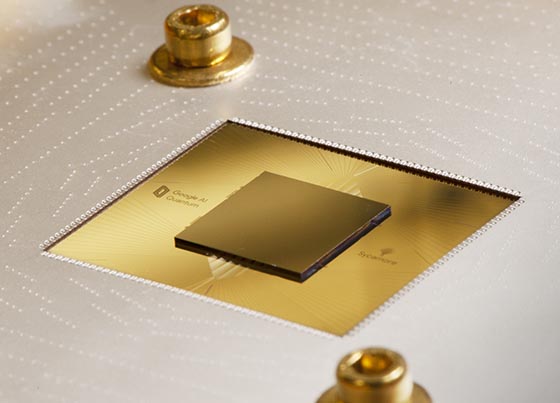Time Crystals
In 2019, the Google Quantum AI team performed a landmark experiment in which a specialized task, random circuit sampling, was done on a 53-qubit quantum processor (“Sycamore”) and exceeded the simulation capability of the most advanced classical computers at the time. Since then, a main focus of the team has been discovering scientific areas of interest wherein our quantum processor could tackle classically difficult problems.
One particularly fertile ground supporting such “quantum computational advantage” in the near future is the simulation of many-body physics phenomena. One such phenomenon is the “many body localized time crystal discrete time-crystal” (DTC), a non-equilibrium phase of matter which breaks both time- and spatial-translational symmetries.
Despite its conjecture over a decade ago, the experimental confirmation of its existence has proven elusive. In a manuscript recently published in Nature, the Quantum AI team utilized a one-dimensional chain of qubits to realize the first instance of a “discrete time-crystal” (DTC) and observe its many requisite features, such as long intrinsic lifetimes, initial-state independence and transition into a thermalizing phase.
Provided by the author.
Scientists Announce First Proof of Quantum Boomerangs and Share Backstory of Google’s Time Crystal

A picture of the quantum processor used for the time-crystal experiment.

Artist's rendition of a time-crystal.
